
(Photo by Bob D'Amico / © ABC / Courtesy: Everett Collection)
In 2019, Rotten Tomatoes turns 21, and to mark the occasion we’re celebrating with a series of features that look back at the brightest moments on screen of the past two decades – and one year – and the things that have us excited for the future.
The first episode of a TV series is the most crucial episode of the entire show: It introduces the characters and the plot, sure, but most importantly, it helps viewers decide immediately whether they want to keep watching.
In the Peak TV era, that’s more important than ever — especially since the internet means literally any TV series that ever existed is usually just a few clicks away from streaming directly into your brain (OK, not yet, but soon).
Rotten Tomatoes consulted the Tomatometer and more than a half-dozen reputable best-of lists to very scientifically rank the top 21 TV pilots of the past 21 years (no, seriously, there were spreadsheets involved). We also applied a touch of editorial discretion to make some big calls, leaning into which have stood the test of time. What resulted is a list that includes series dating from 1999 to 2017. They’re sci-fi classics, beloved sitcoms, teen dramas, and dystopian commentary. And they all have one thing in common: They’re brilliant, re-watchable television.
Creator Bryan Fuller’s distinct, quirky style is on full display in the pilot of his canceled-too-soon Pushing Daisies. The pun-tastic episode name alone — “Pie-lette” — shows you exactly what tone to expect from the bright, fun series (which, since it’s actually about star-crossed lovers who can’t touch because one possesses a supernatural gift that would lead to the death of the other, is quite a feat).

Rank: 21
Network: ABC
Premiere date: October 3, 2007
Stars: Lee Pace, Anna Friel, Kristin Chenoweth
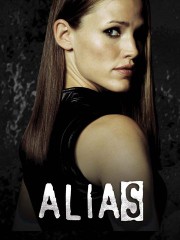
Jennifer Garner may have at one time been married to Batman, but the true action star of that marriage was definitely the woman also known as Sydney Bristow. Garner was smart and funny and badass as the CIA double agent working to bring down an evil alliance — plus she had a collection of wigs that The Americans’ Elizabeth Jennings would envy. The pilot episode not only showed off Garner’s badassery, but also allowed the world to fall in love with the girl next door who happened to be one of the world’s most accomplished spies.
The opening minutes of Orphan Black are intriguing enough, with British twentysomething Sarah Manning encountering a troubled woman on a subway platform moments before she commits suicide — but the shock when the woman turns around and looks identical to Sarah is just as surprising to the audience as it is to Sarah, who soon uncovers a global conspiracy and learns that the woman is one of many who look like her. They’re clones. It’s the first glimpse at the incredible work star Tatiana Maslany does as the seestras, and a fascinating start to an expansive, imaginative modern sci-fi series.
This behind-the-scenes look at politics is not only smart and funny — Aaron Sorkin at his best — but it also managed to tackle current politics and world affairs in a way that few other shows had been able to before. And while Sorkin’s writing is a direct response to what was going on in the country at the time, it never feels dated. It was instantly thrilling to be transported into the Beltway in the pilot. Part of that can be attributed to the show’s famous walk-and-talk technique, which was established in the first episode.
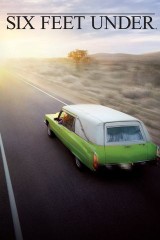
The finale of Alan Ball’s family drama has one of the best closing sequences of all time — just try to listen to Sia’s “Breathe Me” and not cry, we dare you — but what’s sometimes lost is how original and even magical the pilot is as well, setting up the story of the Fisher family and their journeys through life and death.
“Welcome to the O.C., bitch.” The pilot for The O.C. is, in some ways, incredibly, painfully 2003 — the fashion alone makes it very apparent when the series takes place — but it’s also a fascinating look at a very specific time in life (high school), with class commentary to boot.
Donald Glover’s love letter to his hometown is a slice-of-life look at a group of friends who are just trying to get by. And, despite the series’ humor, it doesn’t devolve into sitcom theatrics, but portrays its inhabitants, setting, and situations authentically. The visually stunning pilot, directed by Hiro Mirai, also showcases honest writing and superb music by Glover, who now has five Grammys as music artist Childish Gambino.
The premiere of Showtime’s long-running CIA drama would’ve been a tense, compelling episode of television no matter what, but Claire Danes’ performance as troubled CIA field operative Carrie Matheson gave us a strong, complex character, and one of TV’s all-time greats.
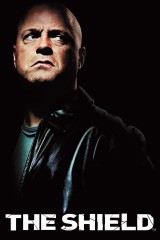
Chiklis won an Emmy for his performance in the pilot as Det. Vic Mackey, a dirty cop who will do anything to keep the streets of Los Angeles free from crime, including commit some himself. Creator Shawn Ryan seemingly wrote himself into a corner in the pilot, when Mackey shoots a fellow cop, but, in truth, Ryan set high expectations that the series would go on to live up to and more over the course of seven seasons.
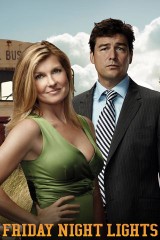
Words spoken to many a person about the Texas-set drama: “It’s not about football, though.” And while the first episode of the critically acclaimed series is, yes, about a high school football team and, yes, culminates at a high school football game, it’s also clear that this is a series about family, emotion, class, dedication, and other universal themes.
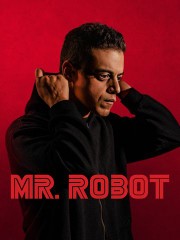
Mr. Robot is a show ostensibly about technology (and, you know, the pitfalls of capitalism), but, as made clear from its first episode, it’s not a show you can watch while scrolling on a smartphone. It’s a show that demands complete attention, something that’s hard to come by in an increasingly distracted world.
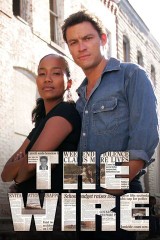
Tired of friends asking you if you’ve seen The Wire? That’s probably because you haven’t. If you had, you’d join them in gushing about the five-season HBO series about the drug scene in Baltimore. David Simon’s series opens with an hour that perfectly sets a tone that the show admirably maintains throughout its run.
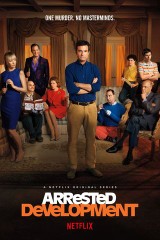
Plenty of TV shows take a bit of time to find the perfect rhythm and tone, but not Arrested Development. From Ron Howard’s narrator to the eccentric Bluths, every character is fully formed in this practically perfect half hour of television.
While plenty hail the official first episode of the Battlestar Galactica reboot, “33,” as one of TV’s all-time best episodes, that hour owes much of its success to the miniseries that essentially served as a four-hour pilot for the show. The miniseries built a world and introduced characters in much greater detail and depth than any 42-minute broadcast ever can. Is that cheating? Maybe, but it also was directly responsible for the renewed interest in the classic sci-fi property that allowed it to become one of TV’s most critically acclaimed series.
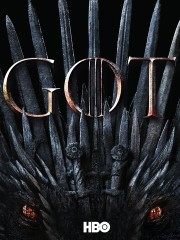
“Winter Is Coming” is both the title of the sprawling HBO drama’s premiere and, as the motto of House Stark, also the promise (or threat?) the series has offered since it began: that dark days are headed to the medieval-esque fictional kingdom of Westeros. Upon its premiere, it was hailed as a strong, faithful adaptation of George R. R. Martin’s book and was successful enough to earn a second season renewal just two days after its debut. (Everything could have been different, however; series creators David Benioff and D.B. Weiss famously scrapped the first pilot.)

The opening episode of AMC’s zombie apocalypse series was the network’s highest-rated premiere ever, and the tense installment that opened the show was both stunningly gorgeous and incredibly terrifying, locking in an audience that would stick around to make it one of the biggest shows on television — a true feat in an era of increasingly fractured viewership.

David Chase’s series about mob boss Tony Soprano, the original cable antihero, and his extended family is largely credited with ushering in a second golden age of television. The most acclaimed scene from the pilot, where Tony is feeding ducks in his pool and has a panic attack when they leave, encapsulates Tony’s existential dread, which the series would go on to portray so well.
When Margaret Atwood’s dystopian novel was released in 1985, it seemed like a far-off fiction. But the story, about an authoritarian theocratic dictatorship that has taken over the United States and subjugated women to less-than-human roles in society, felt much closer to reality for certain audiences when it premiered in politically turbulent 2017. That timeliness, combined with the stunning direction of experienced cinematographer Reed Morano (for which she won an Emmy) and star Elisabeth Moss’ chilling performance turned the series into a hallmark program of the post-Obama era.
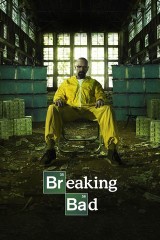
The Breaking Bad pilot introduces one of the defining antiheroes of Peak TV: Walter White, a suburban chemistry teacher making ends meet by moonlighting at the car wash until the day he’s diagnosed with inoperable lung cancer and told he has two years to live. The pilot shows the exact moment Walt begins his descent from hero to villain: when he recruits his former student Jesse Pinkman to help him make crystal meth (and the money he’ll need for his family when he’s gone).
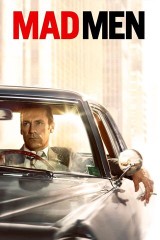
Matthew Weiner spent years researching the 1950s and ’60s for his iconic series, and the pilot — which he first wrote in 2000 and shelved until after he finished working on The Sopranos — bears the fruit of that meticulous work. It introduces the world of ’60s ad agency Sterling Cooper and its hard-drinking, strikingly handsome, womanizing ad exec Don Draper along with the distinct visual style and tone that would define the series.

The pilot of Lost is two hours long, which might seem a little like cheating, but it’s actually the perfect distillation of what the series would turn out to be: scary, mesmerizing, and sometimes very, very confusing. Our hero Jack wakes up after his plane crash-lands — then immediately snaps into action and tries to use his skills as a doctor to save as many of his fellow passengers as possible. They’re all trapped on a tropical island, and — oh yeah, there’s a polar bear. Wait, what? That’s something we would continue saying well into the series’ six-season run.